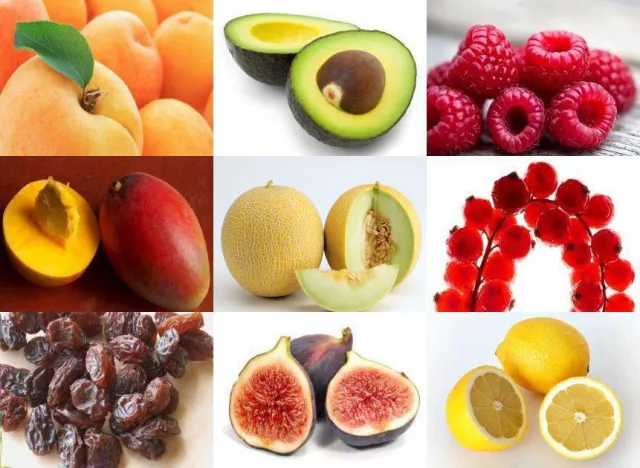Fruit Isn’t Always Sugar-Free: Understanding Glycemic Impact
While fruits are nature’s candy, some varieties can cause surprising blood sugar spikes. The key to smart fruit consumption lies in understanding glycemic load (GL) – a measure that combines both sugar content and portion size.
Glycemic Load Demystified
Unlike glycemic index which measures how fast sugar enters your bloodstream, GL gives a more complete picture by considering:
- Sugar type in the fruit
- Typical serving sizes
- Fiber content that slows absorption
Fruit Sugar Showdown
| High GL Fruits | Low GL Alternatives |
|---|---|
| Watermelon (GL 76) | Strawberries (GL 1) |
| Ripe bananas | Apples (GL 6) |
| Mangoes | Grapefruit (GL 3) |
| Dried fruits | Raspberries (GL 2) |
5 Smart Fruit Strategies
- Pair fruits with nuts or yogurt to slow sugar absorption
- Choose berries as your go-to sweet snack
- Monitor portion sizes of tropical fruits
- Opt for whole fruits over juices
- Note your body’s unique responses
Why Balance Matters
While being mindful of GL is important, fruits still provide essential vitamins, antioxidants, and fiber. The solution isn’t elimination, but smarter incorporation into your diet.
Safety First: Individual responses to fruit sugars can vary significantly. Always consult your healthcare provider for personalized dietary advice, especially if managing blood sugar conditions.

